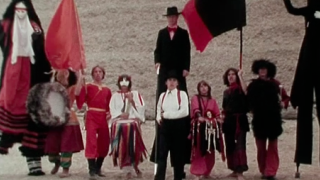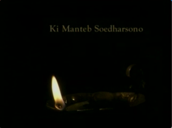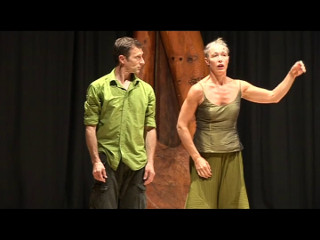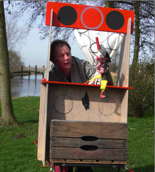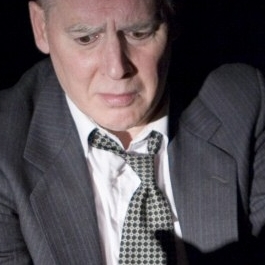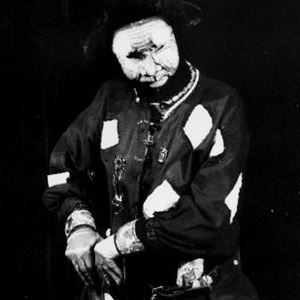What separates puppets in performance from art objects or anthropological curios hung on a domestic or art gallery wall is the puppeteer or performer’s ability to manipulate the object and thus bring it to ‘life’. This principle can be carried over to any object offering the potential of exploring the dialectical dynamic between animate and inanimate beings and questioning how theatre uses artifice to bring events to life and plays with liveness. Edward Gordon Craig emphasized the potential of puppets to intimate other worlds in his writings on the Übermarionette, recalling how puppets evolved from ritual and totemic representations of another spiritual dimension. This is still seen in much Asian performance, where the use of puppets is common, as in Balinese shadow puppetry. Craig’s vision was shared by many modernist artists and groups such as the surrealists, Dadaists and futurists in the early part of the twentieth century, who believed puppets make striking metaphors, representing the human condition of subjugation and powerlessness in an often absurd but immediate way.
Power play lies at the heart of puppetry’s interactions with live performers. Even detached from any religious or spiritual implications, puppets can carry authority because of their visual impact rather than their suggestions of a metaphysical realm; here, Julie Taymor’s Lion King (1997) is one of the best-known examples. An inanimate object can provoke human sensitivities and diminish our self-importance through its vastness, exposing feelings of vulnerability or, alternatively, reinforcing them through placing the human body alongside miniatures. Puppets can also broach taboos and do the humanly impossible, are frequently satirical, can carry topical and critical messages, and are a highly accessible style of popular theatre. Whatever form puppets possess, be it as shadow, rod, glove, marionette, body double or ritual totem, they have a powerful transformative ability in both popular and more esoteric modes of performance, linking ancient roots with up-to-date concerns and practices. From the RCTP
Image: Gitanjali Kolonad in Phillip Zarrilli’s Walking Naked, 1998-2006

